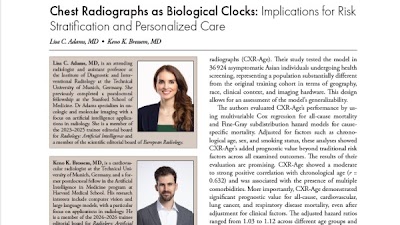
Lisa Adams
@lcadamsrad
Radiology MD & Assistant Professor @TU_Muenchen | Former Postdoctoral Fellow @StanfordMedicine | Focused on #Radiology, #AI, #MolecularImaging
ID: 1645232123719327745
10-04-2023 01:08:10
48 Tweet
149 Takipçi
114 Takip Edilen


#DeepLearning model highly accurate at classifying cardiac implants chest xrays doi.org/10.1148/ryai.2… Felix Busch Keno Bressem Lisa Adams #CXR #CVRad #DICOM
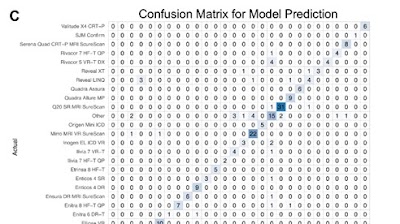

#DeepLearning model highly accurate at classifying cardiac implants chest xrays doi.org/10.1148/ryai.2… Hugo Aerts Keno Bressem Lisa Adams #ChestRad #AI #MachineLearning
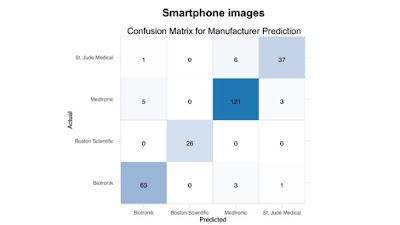

📅 Mark your calendar for the Aug. 7 #RadAIchat at 8 PM ET on "Checklist for #AI in Medical Imaging (CLAIM): 2024 Update" moderated by Mike Klontzas and panelists Lisa Adams Charles Kahn, MD Ali Tejani, MD #radiomics #AI #DL #radres RSNA Hesham Elhalawani
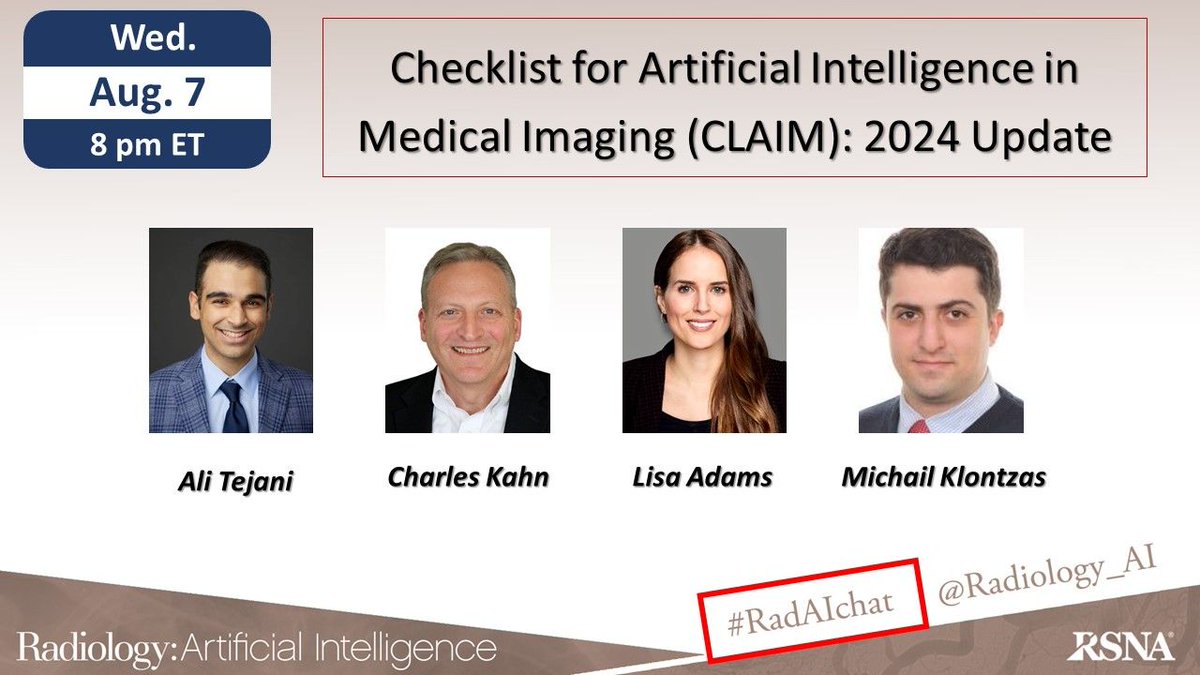











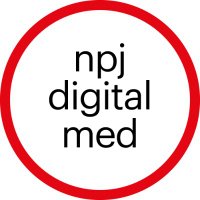
An excellent reference point for the key elements of the European Commission's ground breaking #ArtificialInteligence Act and its relevance to healthcare. Don't forget to bookmark this resource to for easy to access references to the relevant chapters. nature.com/articles/s4174…
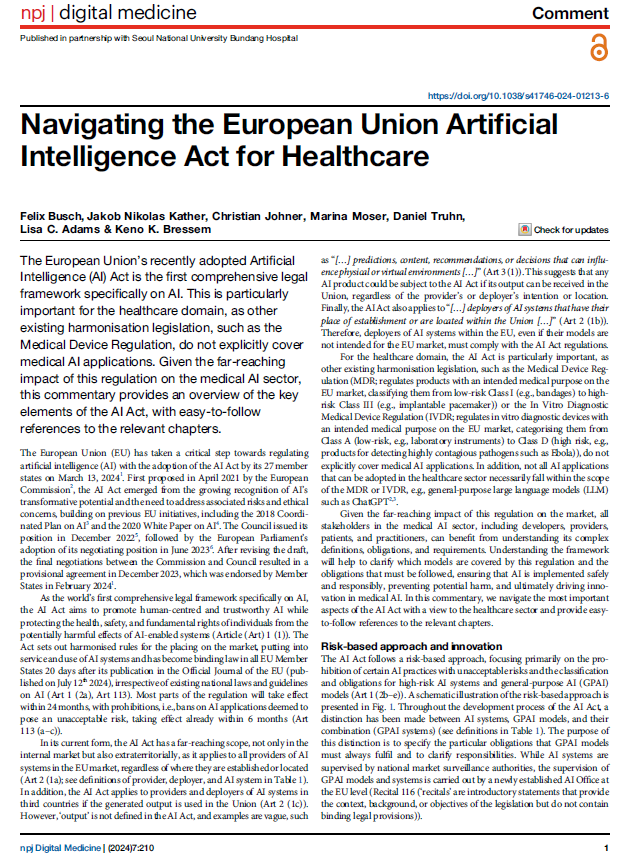

Our new npj Digital Medicine commentary analyzes the EU AI Act's impact on healthcare. We explain the risk-based approach, explore implications for radiology AI, and discuss regulatory challenges for medical AI. Full article here: rdcu.be/dQDBn Thanks to Felix Busch Keno Bressem
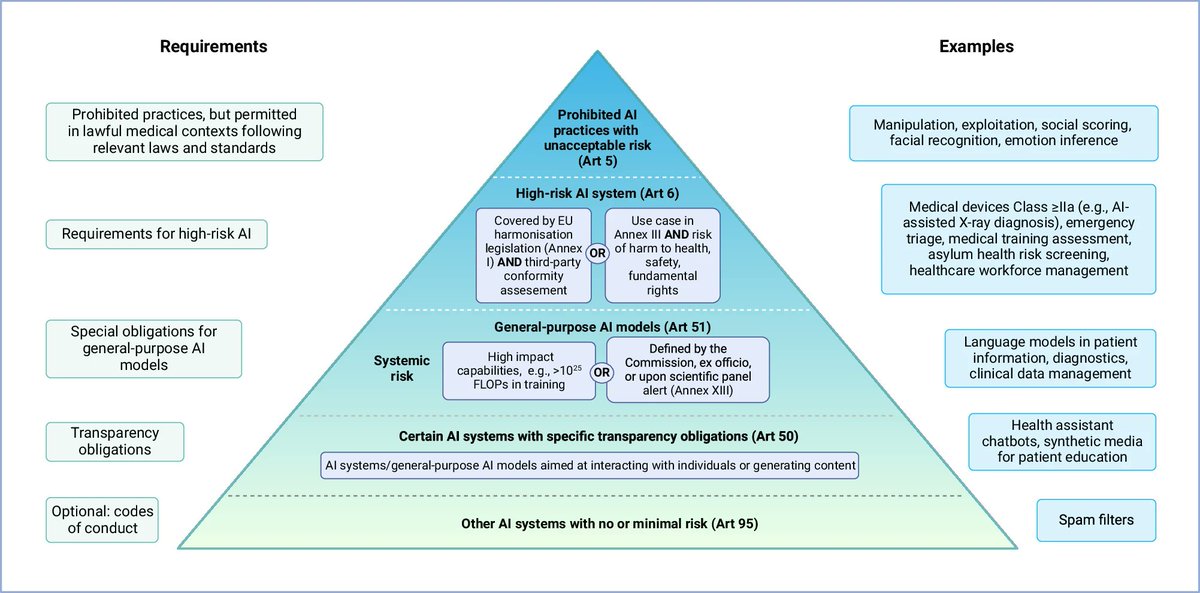

Lisa Adams Keno Bressem discuss the potential clinical applications of biological age from CXRs doi.org/10.1148/ryai.2… #aging #AI #MachineLearning
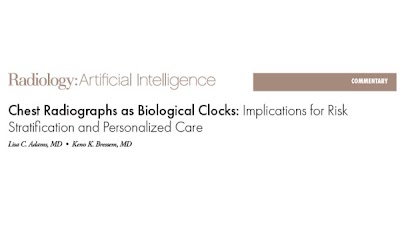

Is there a future for Meta's open source Llama 3 large language model (LLM) in radiology AI applications? Find out in this original research study by Lisa Adams, Daniel Truhn, Felix Busch, Keno Bressem et al. TU München Charité - Universitätsmedizin Berlin bit.ly/4cpeJwJ

Lisa Adams Keno Bressem discuss prognostic value of CXR-Age model in a large test cohort doi.org/10.1148/ryai.2… #ChestRad #aging #Ageing
